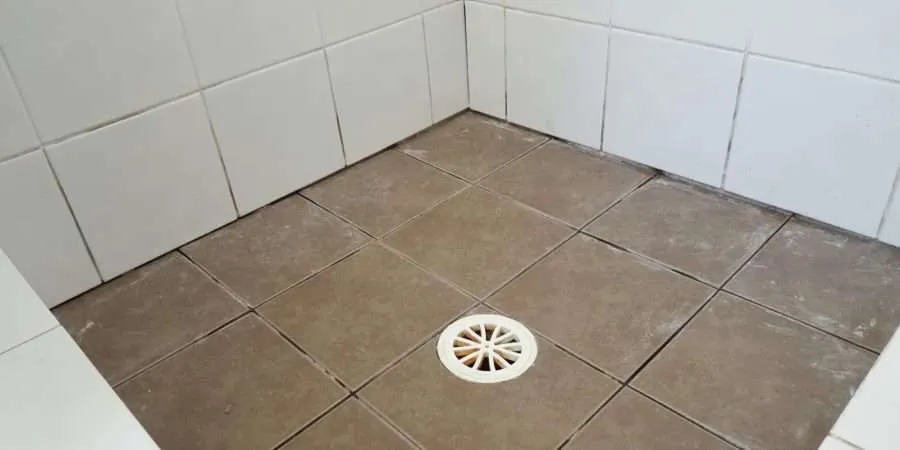Just how to Repair And Protect Against Bathroom Water Damage
Just how to Repair And Protect Against Bathroom Water Damage
Blog Article
Do you find yourself hunting for guidance on How to Prevent Bathroom Water Damage?

The shower room is very vulnerable for wet build-up and possible water damages because of the frequent use water in it. This post offers easy examination methods to help identifying water damages hazards.
The constant use of water in the bathroom makes it very susceptible for wet accumulation and also potential water damages. By checking it routinely, you can lower water associated problems.
The following collection of evaluations is very easy to do and must be done once in every 3 months in order to keep your shower room in good shape and also to prevent possible water damages brought on by the bathtub, the shower, pipeline joints and plumbing, sinks, cupboards, and the bathroom
Do not neglect doing these inspections as well as be thorough while doing them. Remember that these easy examinations can save you a great deal of cash by providing very early signs for water damage
Sinks and also Cabinets
Sinks and cupboards are revealed to moisture as well as moisture daily as well as are usually neglected. Check regularly under the sink as well as on the kitchen counter above it. Repair any kind of drip in the catch as it may suggest drainpipe problems. Take a look around the sink, sluggish draining pipelines may suggest an obstructed drainpipe. Replace sink seals if they are broken or loosened.
Bath tub and Shower
The shower as well as tub call for unique attention as well as upkeep. Examine the tiles and replace if broken. Make certain that there is no missing out on grout between the ceramic tiles. Check and also change cracked caulking at joints where the walls satisfy the flooring or the bath tub. Obstructed drains pipes and pipes problems will stop the bath tub from drying out and also might indicate serious problems below the tub. Talk to an expert right away to stop architectural damages. Take notice of stainings or soft locations around the bathtub walls as they may suggest an interior leak.
Plumbing
Signs for water damage are difficult to discover considering that many pipes are set up inside the walls.
Pay special attention to flooring and also wall surfaces wetness as well as spots as they may suggest an unnoticeable plumbing issue. Inspect moisture levels in adjoining rooms too.
The Commode
The commode is a prone water junction. Check the water lines and search for leakages around the commode seat, in the tube, as well as under the water storage tank. If you discover any type of signs of moisture on the flooring around the commode, look for leaks in the toilet rim and container seals.
Realize that hanging commode bowl deodorants increases the opportunities for obstructions.
Water Damage Signs In The Bathroom To Avoid Cleanup
Musty smell
This is one of the easiest signs to catch because musty smells are so odorous. The damp, earthy, moldy smell should be a big red flag. The smell will develop when moisture gets trapped in surfaces, and begins to facilitate mold growth. Leaking pipes under cabinets, inside walls, and behind shower fixtures will cause moisture to stay trapped and not dry, which will lead to mold growth and spread. As soon as you notice any musty smells in your bathroom, have it checked for hidden water damage and cleanup signs.
Visible mold
If the smell isn’t there to give it away, sometimes you will actually see mold growth. Finding mold in your bathroom is a serious problem, because mold is very harmful to your health. By the time mold growth is visible, it also means that water damage has already occurred and been present for some time. The only way the mold problem can be resolved is to find the source of the moisture and get it stopped. To safely and adequately remove mold, you need to have professionals handle the remediation. Do not waste any time in getting mold problems addressed, fixed, and sanitized so that you can protect you and your family from the many respiratory symptoms caused by mold exposure.
Damaged floors
Bathroom floors should be able to withstand some exposure to water while still remaining in good condition. However, when excess exposure or water leaks occur, they will begin to damage even the most water-resistant flooring. If you notice any cracking, bubbling, staining, or warping on your bathroom floors, there is probably a water leak somewhere causing the distortion. If you notice areas of the floor have become softer, or even have a spongy feeling, there is probably damage to the subfloor. Subflooring is typically made up of plywood. When plywood is exposed to water or moisture, it will absorb it. Once it has become saturated, the weight of the excess water will cause the wood to swell and soften. Check the floors in your bathroom frequently to catch any of these sings before they lead to damaged subflooring.
Changes on walls
When water leaks behind walls, it will cause changes in the drywall. Peeling plaster, blistering paint, and soggy wallpaper are all good indicators that excess water is building up behind the wall. Water leaking behind drywall will cause it to swell and be soft to the tough. If you start to notice gaps along the trim of your walls, or where tile meets the wall, it could also be a strong indicator that there is a leak behind the wall. Any changes, distortion, or damage on the walls should be evaluated as soon as you notice it to prevent further water damage and cleanup.

I discovered that entry on How to Prevent Bathroom Water Damage while doing a lookup on the internet. Be sure to take a moment to share this blog if you enjoyed reading it. Thanks a bunch for your time. Come back soon.
Website Report this page